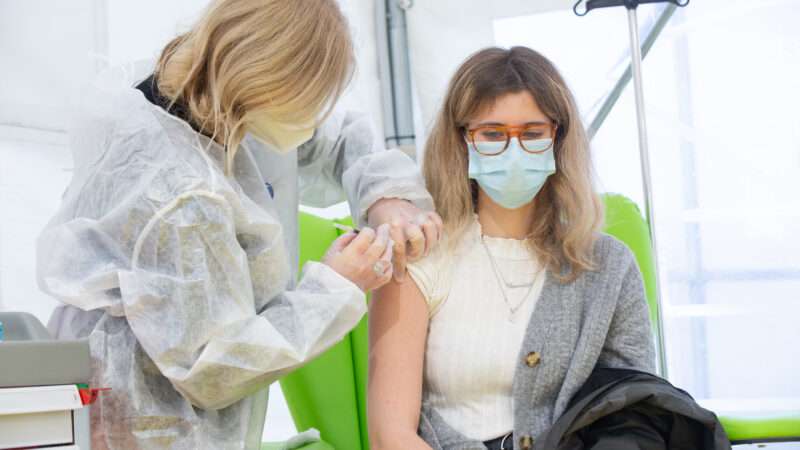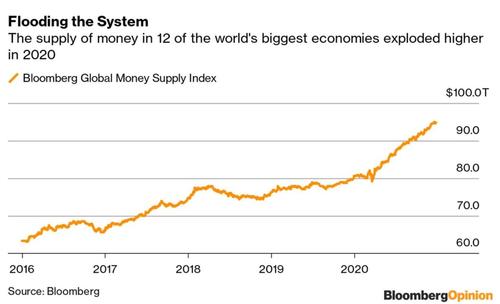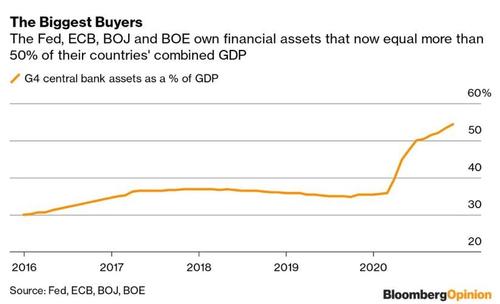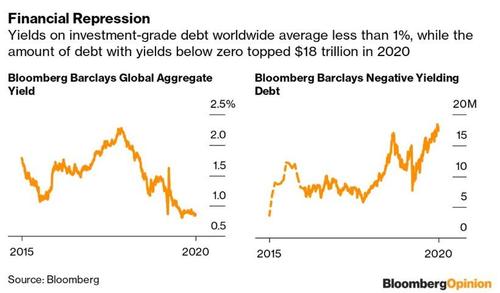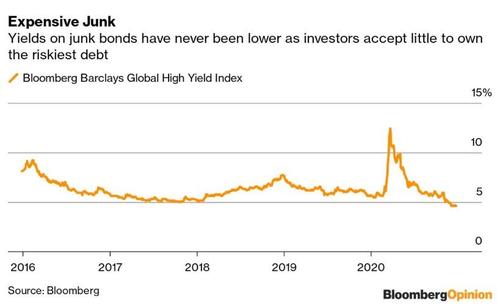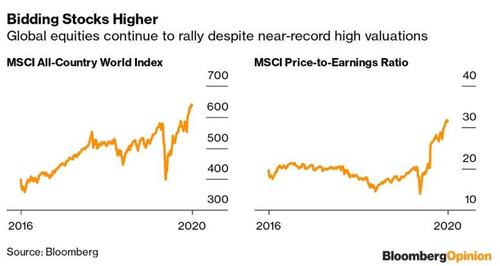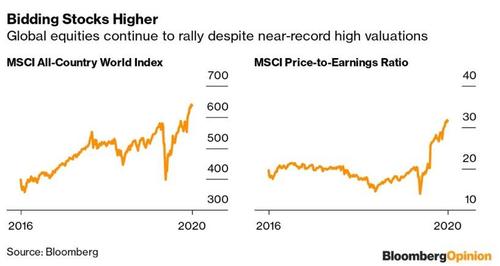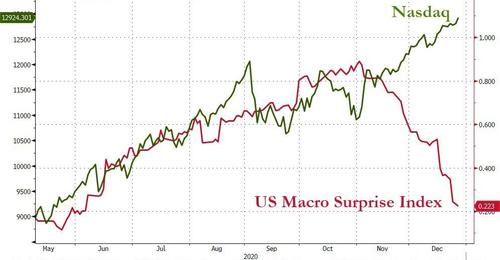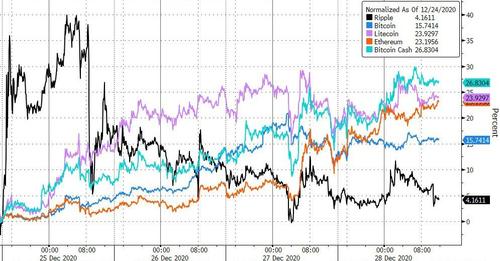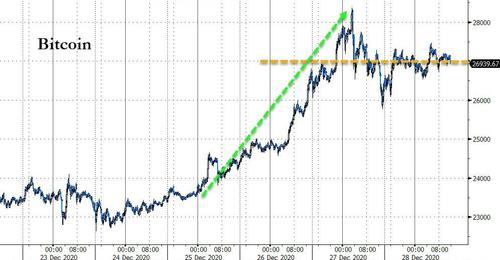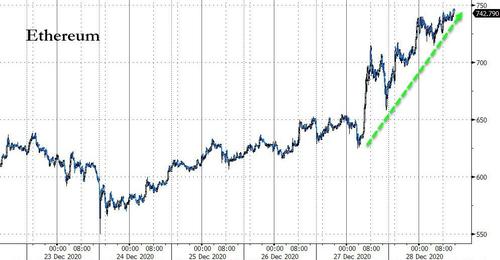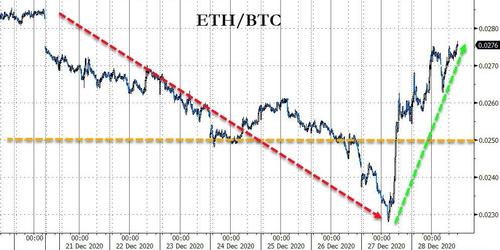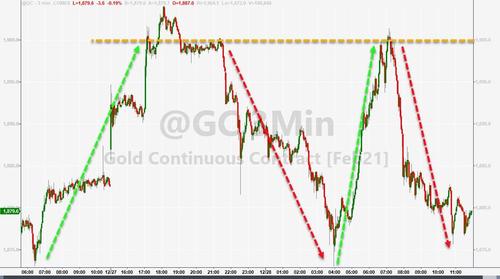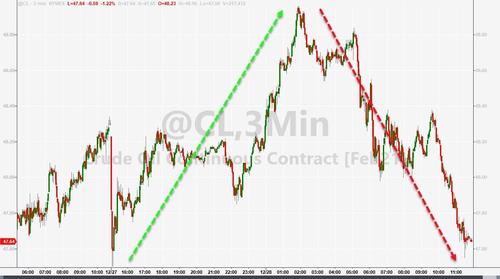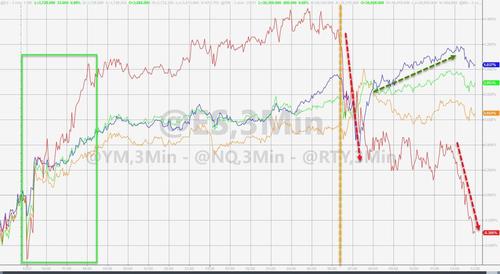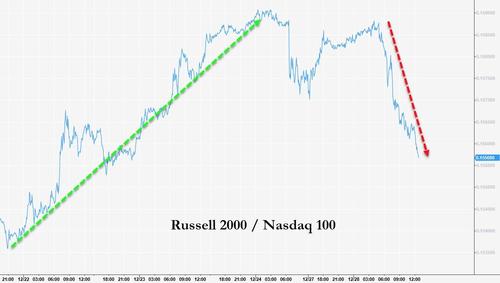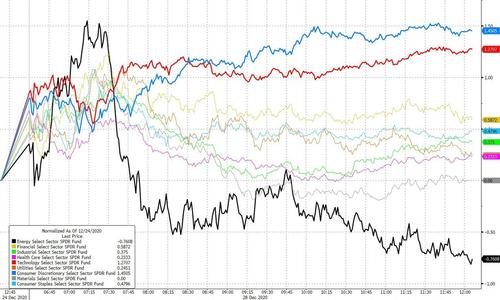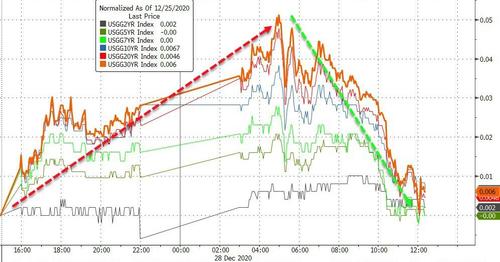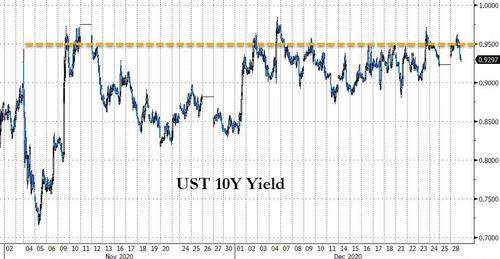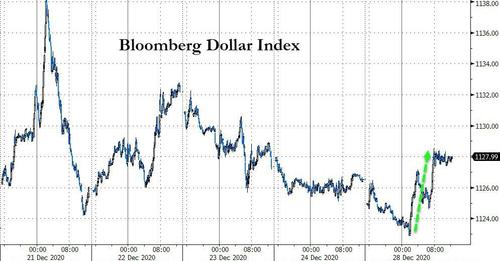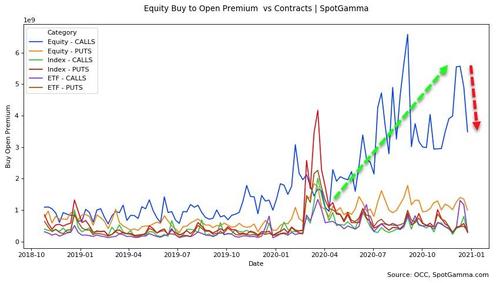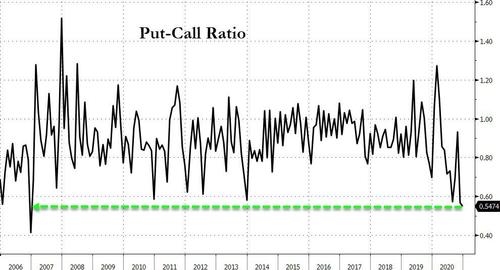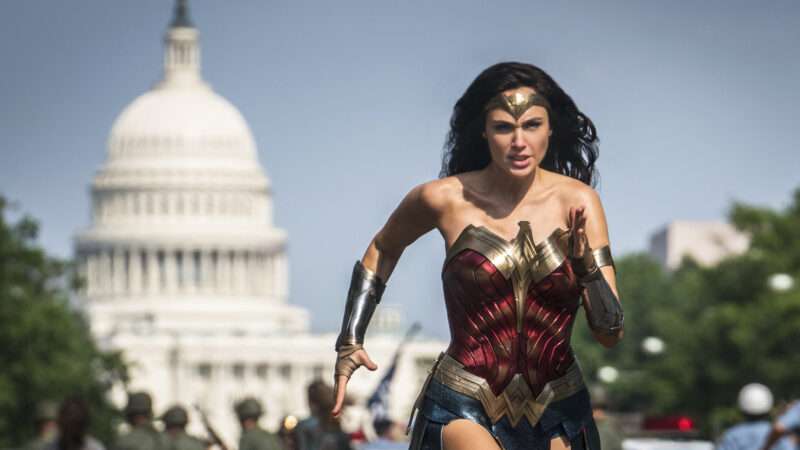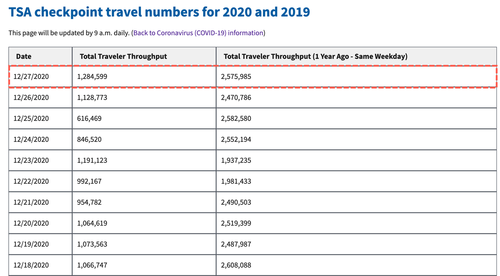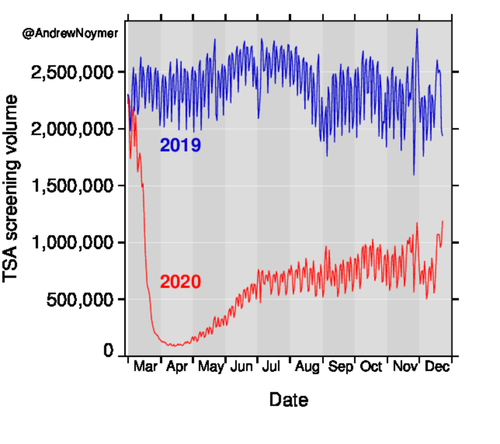Today, a Second Circuit panel (Livingston, Park, Menashi) decided the consolidated cases of Agudath Israel of America v. Cuomo and Roman Catholic Diocese of Brooklyn v. Cuomo. Judge Park wrote the panel opinion. The court reviewed Governor Cuomo’s numerical caps with strict scrutiny, and declared them unconstitutional. The court remanded to the district court the question of whether the percentage caps are lawful. At this point, I doubt Governor Cuomo will risk appealing to the Supreme Court.
First, the court found that strict scrutiny was warranted, in light of the Supreme Court’s per curiam Diocese decision:
“To determine neutrality, we begin with the [Order’s] text, ‘for the minimum requirement of neutrality is that a [government policy] not discriminate on its face.'” Id. (quoting Church of the Lukumi Babalu Aye, Inc. v. City of Hialeah, 508 5 U.S. 520, 533 (1993)). The Order fails this basic standard by explicitly imposing on “houses of worship” restrictions inapplicable to secular activities. “In a red zone, while a synagogue or church may not admit more than 10 persons, businesses categorized as ‘essential’ may admit as many people as they wish,” subject to only the less stringent 50% capacity limit applicable to all businesses. Roman Cath. 10 Diocese, 141 S. Ct. at 66. And “[t]he disparate treatment is even more striking” in 11 orange zones, where “attendance at houses of worship is limited to 25 persons” but most non-essential businesses must comply with only the generally applicable 13 50% capacity limit. Id. The fixed capacity limits thus “cannot be viewed as neutral because they single out houses of worship for especially harsh treatment.” Id. . . .
Here, the court considers whether houses of worship are treated differently that any secular activity, and not just a comparable secular activity. Here, the court correctly rejected the Chief’s comparator approach from South Bay, and adopted the correct comparator approach from Diocese. (Ninth Circuit, take note).
Indeed, the panel stated that Diocese “supplanted” South Bay.
The district courts, motions panel, and Governor also relied heavily on the Chief Justice’s concurring opinion in South Bay. Whatever persuasive value that opinion may have had in the early months of the COVID-19 pandemic, the Supreme Court’s decision in Roman Catholic Diocese has supplanted South Bay. See Roman Cath. Diocese, 141 S. Ct. at 70 (Gorsuch, J., concurring) (“Rather than apply a nonbinding and expired concurrence from South Bay, courts must resume applying the Free Exercise Clause.”).
Second, the Court criticizes the Governor’s framework of designating certain businesses as “essential.” :
Moreover, the Order does not impose generally applicable public-health guidelines, like requiring masks and distancing or limiting capacity by time. Instead, the Governor has selected some businesses (such as news media, financial services, certain retail stores, and construction) for favorable treatment, calling them “essential,” while imposing greater restrictions on “non-essential” activities and religious worship. That lack of general applicability is also subject to strict scrutiny.
“Essential” is a synonym for “important,” as determined by Cuomo. Here, the Court seems to embrace Justice Gorsuch’s Diocese concurrence
Further, although the Governor asserts that “all” activities not restricted by the Order present lesser risks of COVID-19 transmission than religious worship, he has never claimed that the unrestricted category of “essential” activities was created based on transmission risk. Instead, “[t]he only explanation for treating religious places differently seems to be a judgment that what happens there just isn’t as ‘essential’ as what happens in secular spaces.” Roman Cath. Diocese, 141 4 S. Ct. at 69 (Gorsuch, J., concurring). Courts apply strict scrutiny to assess whether a government policy impermissibly “‘devalues religious reasons’ for congregating ‘by judging them to be of lesser import than nonreligious reasons.'” Calvary Chapel Dayton Valley v. Sisolak, 140 S. Ct. 2603, 2614 (2020) (Kavanaugh, J., dissenting) (quoting Lukumi, 508 U.S. at 537–38).
Third, the Court found that the percentage limits (which SCOTUS did not review) would also be reviewed with strict scrutiny:
The Supreme Court’s Roman Catholic Diocese opinion addressed only the fixed capacity limits, but the same reasoning applies to the Order’s percentage capacity limits, which by their own terms impose stringent requirements only on houses of worship. One could easily substitute the percentage capacity limits for the fixed capacity limits into the Supreme Court’s discussion of strict scrutiny without altering the analysis. Thus, both the fixed capacity and percentage capacity limits on houses of worship are subject to strict scrutiny.
Fourth, the Court found that the numerical limits are not narrowly tailored:
Regarding the fixed capacity limits, the Governor has never seriously contended that they are narrowly tailored to stem the spread of COVID-19, and he 4 appears to concede as much here. Those limits are “far more severe than has been shown to be required to prevent the spread of the virus at [Appellants’] services,” particularly because the Governor has pointed to no evidence of any outbreaks related to Appellants’ churches and synagogues. Roman Cath. Diocese, 141 S. Ct. at 8 67. Most obviously, the 10- and 25-person restrictions do not account in any way for the sizes of houses of worship in red and orange zones. Two Diocese churches originally affected by the Order seat over 1,000 people, and more than ten accommodate over 700. Likewise, Agudath Israel of Kew Garden Hills has a capacity of over 400. “It is hard to believe that admitting more than 10 people to a 1,000-seat church or 400-seat synagogue would create a more serious health risk than the many other activities that the State allows.” Id.
Here, the Court forcefully rejected the pernicious stereotype that houses of worship cannot be trusted to follow health guidelines.
The fixed capacity limits also bear little relation to the particular COVID-19transmission risks the Governor identifies. As an initial matter, the Governor’sidentification of those risks relied on broad generalizations made by public-health officials about inherent features of religious worship. See, e.g., App’x, No. 20-3572, at 294 (“Generally, the congregants are arriving and leaving at the same period and are together over an extended period of time.”). The government must normally refrain from making assumptions about what religious worship requires. See Our Lady of Guadalupe Sch. v. Morrissey-Berru, 140 S. Ct. 2049, 2055 5 (2020) (“The First Amendment protects the right of religious institutions ‘to decide for themselves, free from state interference, matters of church government as well as those of faith and doctrine.'” Even taking these assertions at face value, however, the Governor must explain why the Order’s density restrictions targeted at houses of worship are more effective than generally applicable restrictions on the duration of gatherings or requirements regarding masks and distancing. The Governor may not, of course, presume that religious communities will not comply with such generally applicable regulations.
So many Governors, and judges simply presume that people of faith cannot be trusted. Last week, I wrote:
And houses of worship follow rigorous protocols. They prohibit singing and chanting. They time their exit and entry to prohibit crowding. Judges are wedded to this March 2020 stereotype where people chant and scream at the top of their lungs for hours on end. This narrative is simply false. Please, get on with the times.
This sort of generalization would never fly for any other classification.
Fifth, the Court declines to determine whether the percentage limits are narrowly tailored. That issue is remanded to the District Court.
Before the Supreme Court’s Roman Catholic Diocese decision, all parties to this litigation were focused primarily on the Order’s fixed capacity limits. Agudath Israel chose to challenge only those limits in its application for injunctive relief in the Supreme Court. Similarly, Agudath Israel’s counsel represented to this Court during oral argument on its motion for an injunction pending appeal that it was not, at that time, objecting to the 25% capacity restriction. Under these circumstances, we remand Agudath Israel’s motion for a preliminary injunction as to the percentage capacity limits for the district court to decide in the first instance in light of the Supreme Court’s decision and this opinion.
Yet, the panel seems to suggest that the Governor’s defense of the percentage limits are a “post hoc rationalization.” And, the court suggests that there is no “contemporaneous evidence” about the justification behind the percentage limit.
Sixth, the Court clarified that Jacobson has no place in a First Amendment challenge. Indeed, the Second Circuit clarified one of its prior ruling that implicated Jacobson:
In Jacobson, the Supreme Court upheld a mandatory vaccination law against a substantive due process challenge. Jacobson predated the modern constitutional jurisprudence of tiers of scrutiny, was decided before the First Amendment was incorporated against the states, and “did not address the free exercise of religion.” Phillips v. City of New York, 775 F.3d 538, 543 (2d Cir. 2015); see Roman Cath. Diocese, 13 141 S. Ct. at 70 (Gorsuch, J., concurring) (“Jacobson hardly supports cutting the Constitution loose during a pandemic. That decision involved an entirely different mode of analysis, an entirely different right, and an entirely different kind of restriction.”). Indeed, the Jacobson Court itself specifically noted that “even if based on the acknowledged police powers of a state,” a public-health measure”must always yield in case of conflict with . . . any right which [the Constitution]gives or secures.” 197 U.S. at 25.
Amen. I am still disappointed that so many judges made this foundational error.
And, the court would not grant special deference to the government with respect to an enumerated right, even during an emergency:
But we grant no special deference to the executive when the exercise of emergency powers infringes on constitutional rights. That is precisely what the three-tiered framework for analyzing constitutional violations is for, and courts may not defer to the Governor simply because he is addressing a matter involving science or public health.
Seventh, the panel rejected the district court’s finding that Orthodox Jews can worship with “modifications”:
The court below concluded that Agudath Israel had not demonstratedirreparable harm because its congregants could “continue to observe theirreligion” with “modifications.” This was error. See, e.g., Hernandez v. Comm’r, 490 4 U.S. 680, 699 (1989) (“It is not within the judicial ken to question the centrality ofparticular beliefs or practices to a faith, or the validity of particular litigants’interpretations of those creeds.”). Religious adherents are not required to establishirreparable harm independent of showing a Free Exercise Clause violation because 8 a “presumption of irreparable injury . . . flows from a violation of constitutional rights.” Jolly v. Coughlin, 76 F.3d 468, 482 (2d Cir. 1996). Nevertheless, as Agudath Israel explained, Orthodox Jews are obligated to have an in-person minyan—a quorum—before some of Judaism’s most sacred rituals. Orthodox Jews also desist from using electronics on Shabbat, so in-person gatherings are necessary for Agudath Israel’s congregants. Appellants have demonstrated irreparable harm that would result without a preliminary injunction against enforcement of theOrder’s fixed capacity limits on houses of worship.
Observant Jews cannot worship by Zoom.
Eighth, the Court declined to consider Agudath Israel’s targeting claim.
Agudath Israel also argues that the Order is subject to strict scrutiny for the independent reason that the Governor “gerrymandered” the initial zone boundaries to target Orthodox Jewish communities. We need not reach this argument because we conclude that the Order discriminates against religion on its face.
Soon enough, Governor Cuomo will have to answer for his comments at that dreadful press conference.
Finally, the court expresses concern about the absolute power that Governor Cuomo has wielded since March.
On 15 March 7, 2020, Governor Cuomo declared a disaster emergency in the State, which allows him to exercise extraordinary executive powers. See N.Y. Exec. Law § 28. He can “temporarily suspend any statute, local law, ordinance, or orders, rules or regulations, or parts thereof, of any agency,” and can “issue any directive . . . necessary to cope with the disaster.” Id. § 29-a. Suspensions and directives under this law expire after 30 days, but the Governor may renew them an unlimited number of times. Id. The legislature of New York can terminate suspensions and directives “by concurrent resolution,” but the Governor’s actions pursuant to Executive Law § 29-a do not otherwise require legislative consultation or approval. Id.
Governors have historically exercised this emergency authority in a limited and localized manner, most often in response to natural disasters such as severe 10 storms or flooding. Governor Cuomo’s executive orders during the COVID-19 pandemic, however, have been unprecedented in their number, breadth, and duration. From March to December 2020, he has issued almost 90 executive orders relating to the pandemic. Those orders affect nearly every aspect of life in the State, including restrictions on activities like private gatherings and travel.
Civil libertarians have been quiet about this gross exercise of unchecked authority–presumably because they support the results. Decades ago, the ACLU would have intervened at every junction. Alas, that organization should changes its name to the APLU–the American Progressive Liberalism Union.
When the dust settles, I plan to write about possible legislative reforms. For example, in New York, the Governor’s emergency powers continue unless the legislature disapproves. I would flip that presumption. The Governor’s emergency powers would expire unless the legislature approves an extension of those powers. I would use the War Powers Resolution as a model. No one person should have carte blanche to regulate every facet of human existence. Especially not Andrew Cuomo.

from Latest – Reason.com https://ift.tt/3nVsgDN
via IFTTT
